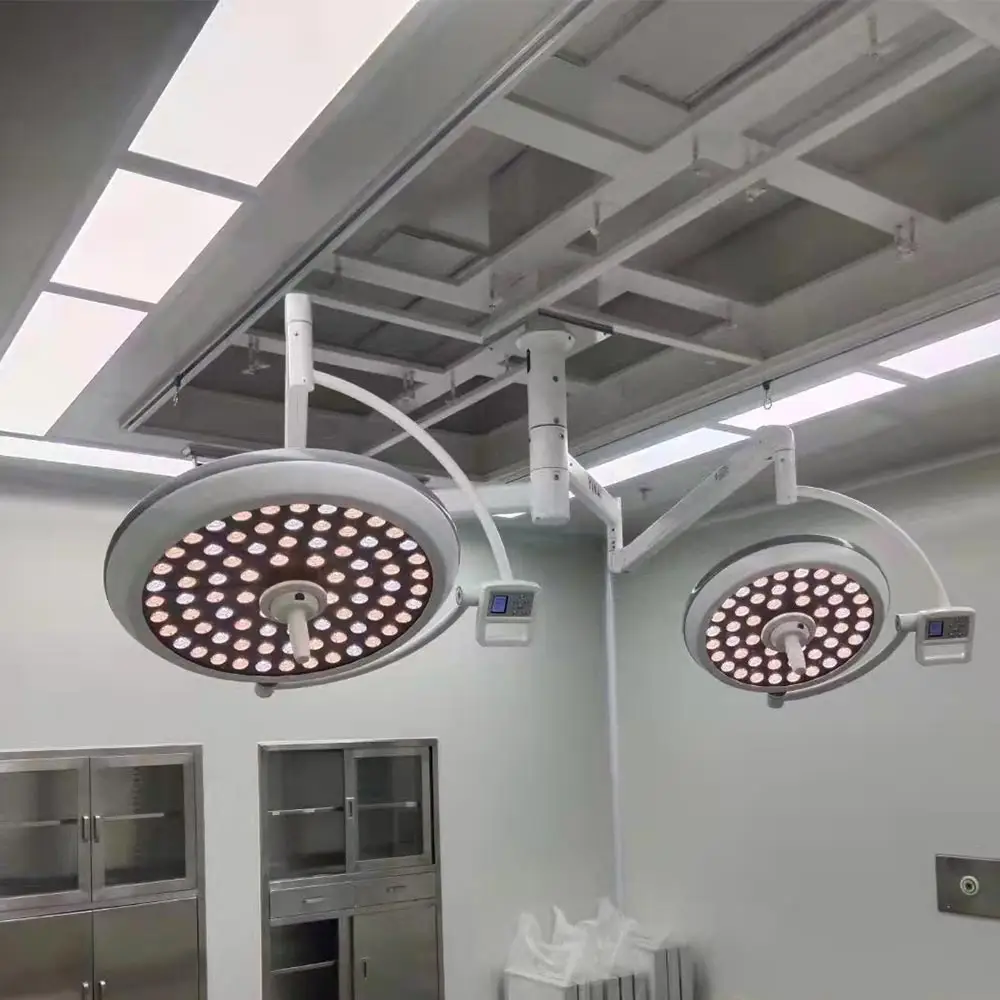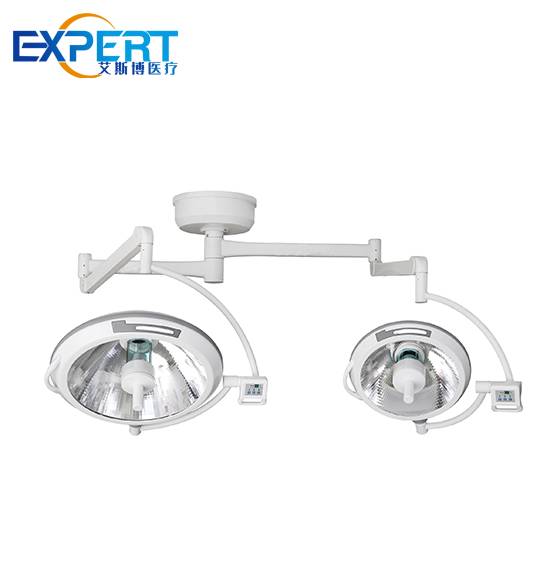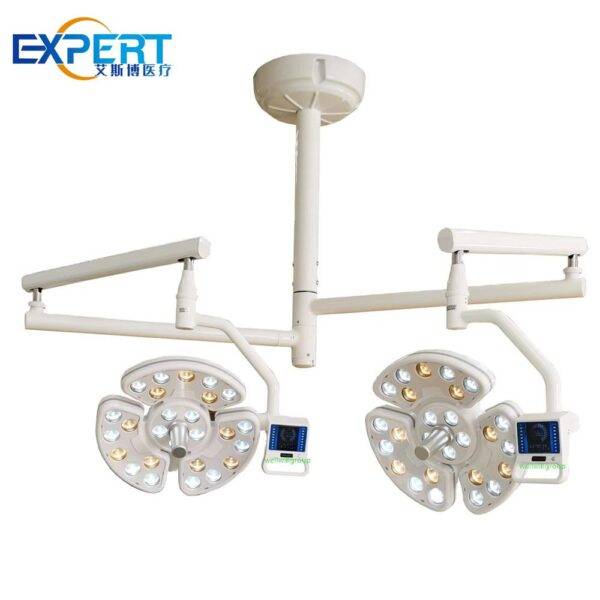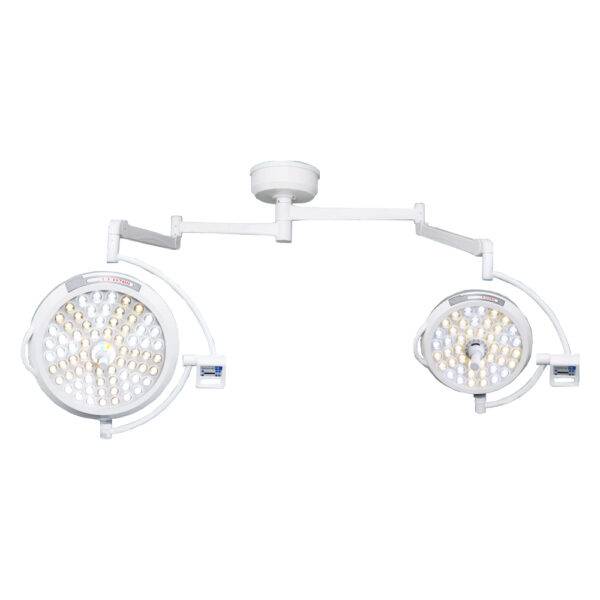Address
304 North Cardinal St.
Dorchester Center, MA 02124
Work Hours
Monday to Friday: 7AM - 7PM
Weekend: 10AM - 5PM
Surgical ceiling lights are a critical component in any operating room, providing essential illumination that enables surgeons to perform procedures with precision and clarity. Choosing the best surgical ceiling lights involves considering various factors such as light intensity, color rendering, flexibility, and energy efficiency. This comprehensive guide will help you understand the key aspects to consider when selecting surgical ceiling lights, ensuring that you make an informed decision that enhances surgical outcomes and patient safety.

Surgical ceiling lights are specialized lighting fixtures designed to provide high-intensity, focused illumination in operating rooms. They are mounted on the ceiling to minimize shadows and ensure consistent lighting across the surgical field.
Surgical ceiling lights come with various features that enhance their functionality and performance. Understanding these features can help you choose the best lights for your needs.
| Feature | Description |
|---|---|
| Adjustable Light Intensity | Precise control of brightness to suit different procedures |
| Color Rendering Index (CRI) | Accurate color representation for better visualization |
| Flexibility and Mobility | Adjustable arms and heads for optimal positioning |
| Energy Efficiency | Reduces energy consumption and operational costs |

Light intensity is crucial in surgical settings as it affects visibility and precision. High-intensity lights provide the brightness needed to illuminate deep surgical cavities and small anatomical structures.
Choosing lights with adjustable intensity allows surgeons to customize the brightness based on the specific requirements of different procedures.
The Color Rendering Index (CRI) measures how accurately a light source represents colors compared to natural sunlight. A higher CRI indicates better color accuracy, which is essential in surgical settings.
Surgical ceiling lights should have a CRI of 90 or above to ensure accurate color rendering and optimal visualization during procedures.









Flexibility in surgical ceiling lights allows for optimal positioning and focus. Adjustable arms and heads enable surgeons to direct light exactly where it is needed, reducing shadows and improving visibility.
Some surgical ceiling lights come with multiple light heads that can be independently adjusted. This feature provides greater flexibility and coverage of the surgical area.
Energy-efficient surgical ceiling lights not only reduce operational costs but also have a lower environmental impact. Choosing energy-efficient options can lead to significant savings over time.
LED surgical ceiling lights are known for their energy efficiency and long lifespan. They consume less power compared to traditional lighting options and provide consistent, high-quality illumination.
Regular maintenance of surgical ceiling lights is essential to ensure optimal performance and longevity. Choosing lights that are easy to maintain can save time and effort.
Look for surgical ceiling lights with features that simplify maintenance, such as easy access to bulbs and components, and user-friendly designs.
Choosing the best surgical ceiling lights involves considering various factors, including light intensity, color rendering, flexibility, energy efficiency, and ease of maintenance. By understanding these key aspects, you can select lights that enhance surgical outcomes, improve patient safety, and provide long-term value. Investing in high-quality surgical ceiling lights is essential for modern operating rooms, ensuring that surgeons have the optimal lighting needed for precision and accuracy.
The ideal light intensity for surgical ceiling lights varies depending on the specific requirements of the procedure. However, lights with adjustable intensity are preferred as they allow customization to match different surgical needs. High-intensity lights are crucial for deep surgical cavities and small anatomical structures, providing enhanced visibility and precision.
A high Color Rendering Index (CRI) is important for surgical ceiling lights because it ensures accurate color representation of tissues and organs. A CRI of 90 or above is recommended for surgical lights, as it enhances visualization and improves the ability to distinguish between different tissues, aiding in accurate diagnosis and effective surgical procedures.
Flexibility in surgical ceiling lights improves surgical outcomes by allowing optimal positioning and focus. Adjustable arms and heads enable surgeons to direct light precisely where needed, reducing shadows and enhancing visibility. Multiple light heads can provide comprehensive coverage, ensuring consistent illumination across the surgical field.
Energy-efficient surgical ceiling lights offer several benefits, including reduced operational costs and lower environmental impact. LED technology, in particular, provides energy efficiency and a long lifespan, resulting in significant cost savings over time. Additionally, energy-efficient lights contribute to sustainability by decreasing the carbon footprint of healthcare facilities.
Ease of maintenance is crucial for surgical ceiling lights to ensure optimal performance and longevity. Lights that are easy to maintain save time and effort, allowing for regular cleaning and component replacement. Features such as easy access to bulbs and user-friendly designs facilitate maintenance, keeping the lights functioning at their best and extending their lifespan.
When selecting lights for an operating room, consider factors such as light intensity, color accuracy (CRI), adjustability, energy efficiency, and ease of maintenance. These elements ensure optimal visibility, accurate color rendering, and long-term reliability.
Color accuracy is crucial in operating room lighting because it ensures that the colors of tissues and organs are represented correctly. High color accuracy helps surgeons distinguish between different types of tissues and make precise decisions during procedures.
Adjustable lighting intensity allows surgeons to customize the brightness according to the specific requirements of each procedure. This ensures optimal visibility and reduces eye strain, enhancing the precision and effectiveness of surgical operations.
Energy-efficient lighting reduces operational costs by consuming less power and has a longer lifespan compared to traditional lighting. This leads to significant savings over time and supports sustainability efforts in medical facilities.
Easy maintenance ensures that the lights remain in optimal working condition, providing consistent and reliable illumination. Features like easy access to bulbs and user-friendly designs facilitate regular cleaning and upkeep, which is essential for maintaining high performance and extending the lifespan of the lights.
